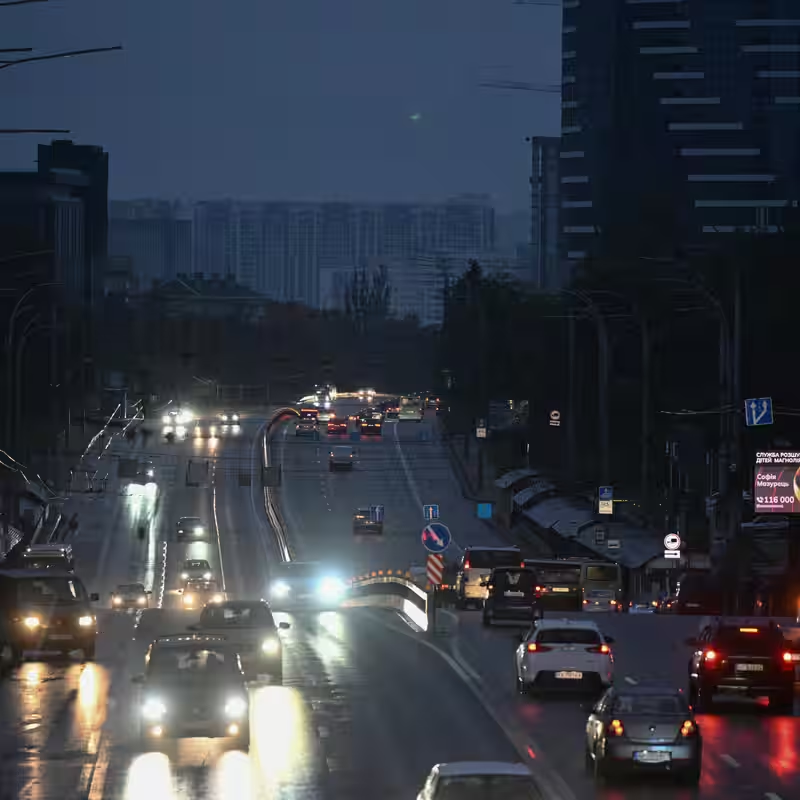Russia’s energy grid attacks have once again thrust Ukraine into chaos as winter looms. In a coordinated barrage on Friday, October 10, 2025, Russia launched over 30 missiles and 450 drones at critical power infrastructure across the country—triggering widespread blackouts from Kyiv to Zaporizhzhia and leaving millions without heat, water, or light.
Table of Contents
- Russia’s Calculated Winter Strategy
- Blackouts and Human Toll
- How Ukraine Is Fighting Back
- Geopolitical Stakes and Peace Talks
Russia’s Calculated Winter Strategy
Since the full-scale invasion began in February 2022, Russia has followed a grim seasonal playbook: each autumn, it intensifies strikes on Ukraine’s electricity and heating systems just as temperatures begin to drop. The goal? To erode civilian morale and pressure Kyiv into concessions.
This year’s campaign is proving especially brutal. According to Ukrainian President Volodymyr Zelensky, Friday’s assault was the second major wave in just one week. “They are targeting infrastructure that supports normal life,” Zelensky wrote on Telegram. “Which Russians want to deprive us of.”
Blackout Impact: From Kyiv High-Rises to Rural Homes
The human cost is mounting. In Zaporizhzhia, a child was killed. In Kyiv, a 17-story residential building caught fire after being struck by drone debris, injuring nine. Entire districts on the eastern bank of the Dnipro River woke up without power or running water.
Local officials reported outages in Sumy, Dnipro, and other key cities. Air raid sirens blared through the night, while the rattle of anti-aircraft fire kept families awake—a grim lullaby for a nation under siege.
How Ukraine Is Fighting Back
Despite the devastation, Ukraine isn’t standing still. Over the past three years, it has fortified transformer stations with concrete barriers, deployed large-scale battery backups, and diversified its energy mix with new solar and wind installations.
Still, Russia has adapted. It now uses “swarm tactics”—launching waves of cheap drones followed by precision missiles—to overwhelm air defenses. The result: even with improved systems, some strikes get through.
Ukraine’s Energy Minister Svitlana Hrinchuk called Friday’s attack “massive” and warned that repair crews are working around the clock under constant threat.
Geopolitical Stakes and the Illusion of Peace
As blackouts spread, diplomatic efforts appear stalled. In Washington, former President Donald Trump claimed he could “work it out” and broker a Ukraine peace deal—a statement met with skepticism in Kyiv, where officials insist any negotiation must include accountability for war crimes and territorial integrity.
Meanwhile, Russia has escalated beyond power plants. With Ukraine no longer transporting Russian gas to Europe (a wartime arrangement that ended in January), Moscow now targets gas fields and pipelines too—striking the largest natural gas facility in the country just last week.
The message is clear: as winter nears, Russia is betting that darkness and cold will do what its army couldn’t.
But Ukrainians, hardened by years of resilience, are preparing to meet the cold with candles, generators, and unbroken resolve.




